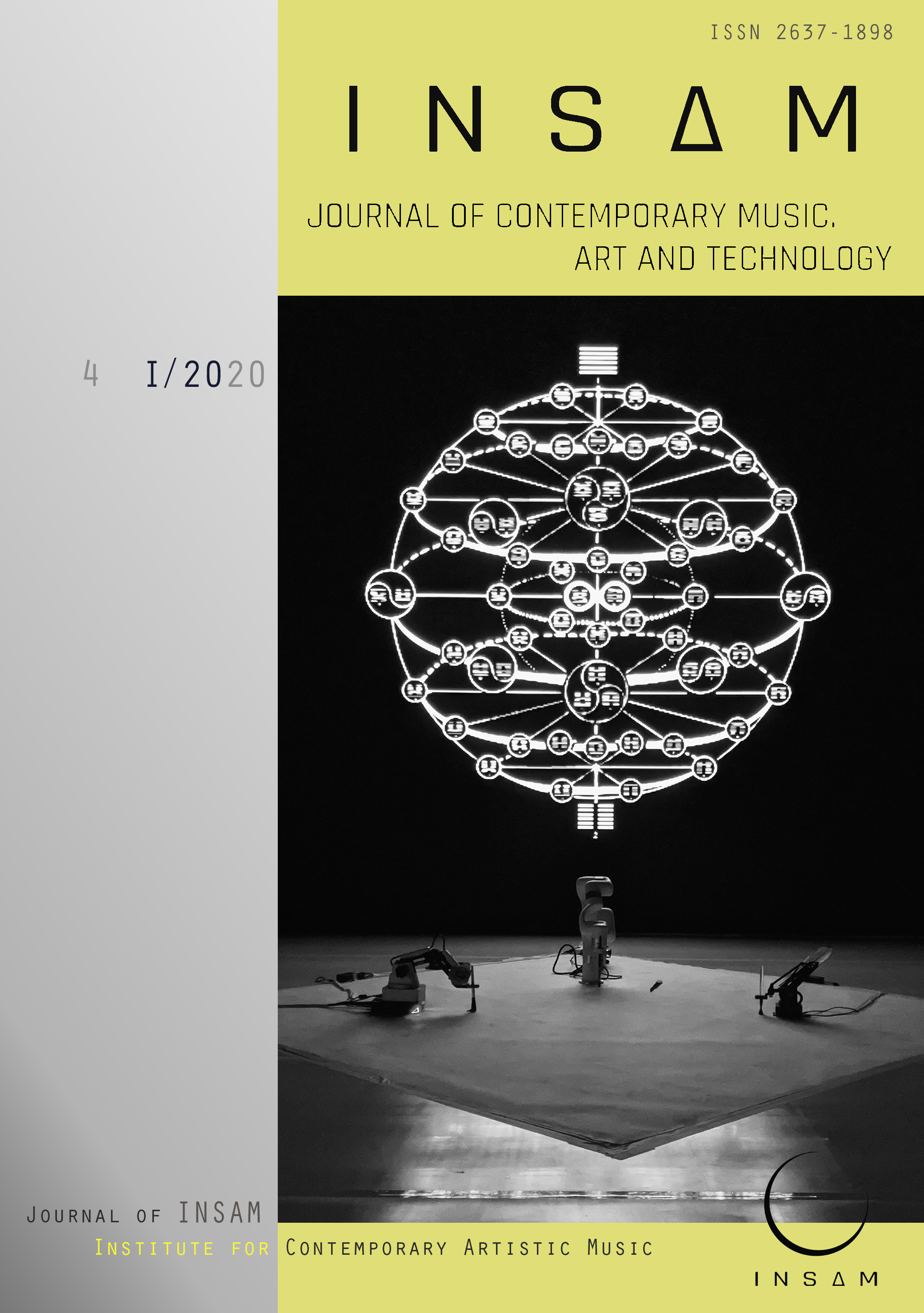Composition and Notation of Parameters in Electronic Music: Approximate Reductionist Graphical Notation
DOI:
https://doi.org/10.51191/issn.2637-1898.2020.3.4.89Keywords:
composition, parameters notation, electronic music, sound synthesizer, sound modulationAbstract
Music composition today present a challenge for every composer, student and professor. In addition to the huge amount of information and technology that are part of modern composition, there are different approaches to the usage of notation within various forms of information and technology. This paper is based on the definition, role and application of notation in compositions. It attempts to define and explain a different, specific approach, which helps in understanding the technology, its applications and features to meet the problems of present compositions by using specific notation for electronic instruments or computers. The paper contains three sections with additional information on the problems, the different types of notations, and the possible solutions. The final result is the description of a connection between the electronic parameters of different instruments and the composition through the ARGN approach (Approximate Reductionist Graphical Notation), which is achieved by means of notation and composition of the parameters of electronic instruments. The ARGN approach contains elements of artistic and theoretical practices based on an interdisciplinary perspective; of the composer, engraver, performer, and improviser, which today represents a profile of a contemporary composer.
Downloads
Published
Issue
Section
License
Copyright (c) 2020 INSAM Journal of Contemporary Music, Art and Technology

This work is licensed under a Creative Commons Attribution-NonCommercial-NoDerivatives 4.0 International License.
You are free to:
- Share — copy and redistribute the material in any medium or format
- The licensor cannot revoke these freedoms as long as you follow the license terms.
Under the following terms:
- Attribution — You must give appropriate credit , provide a link to the license, and indicate if changes were made . You may do so in any reasonable manner, but not in any way that suggests the licensor endorses you or your use.
- NonCommercial — You may not use the material for commercial purposes .
- NoDerivatives — If you remix, transform, or build upon the material, you may not distribute the modified material.
- No additional restrictions — You may not apply legal terms or technological measures that legally restrict others from doing anything the license permits.




